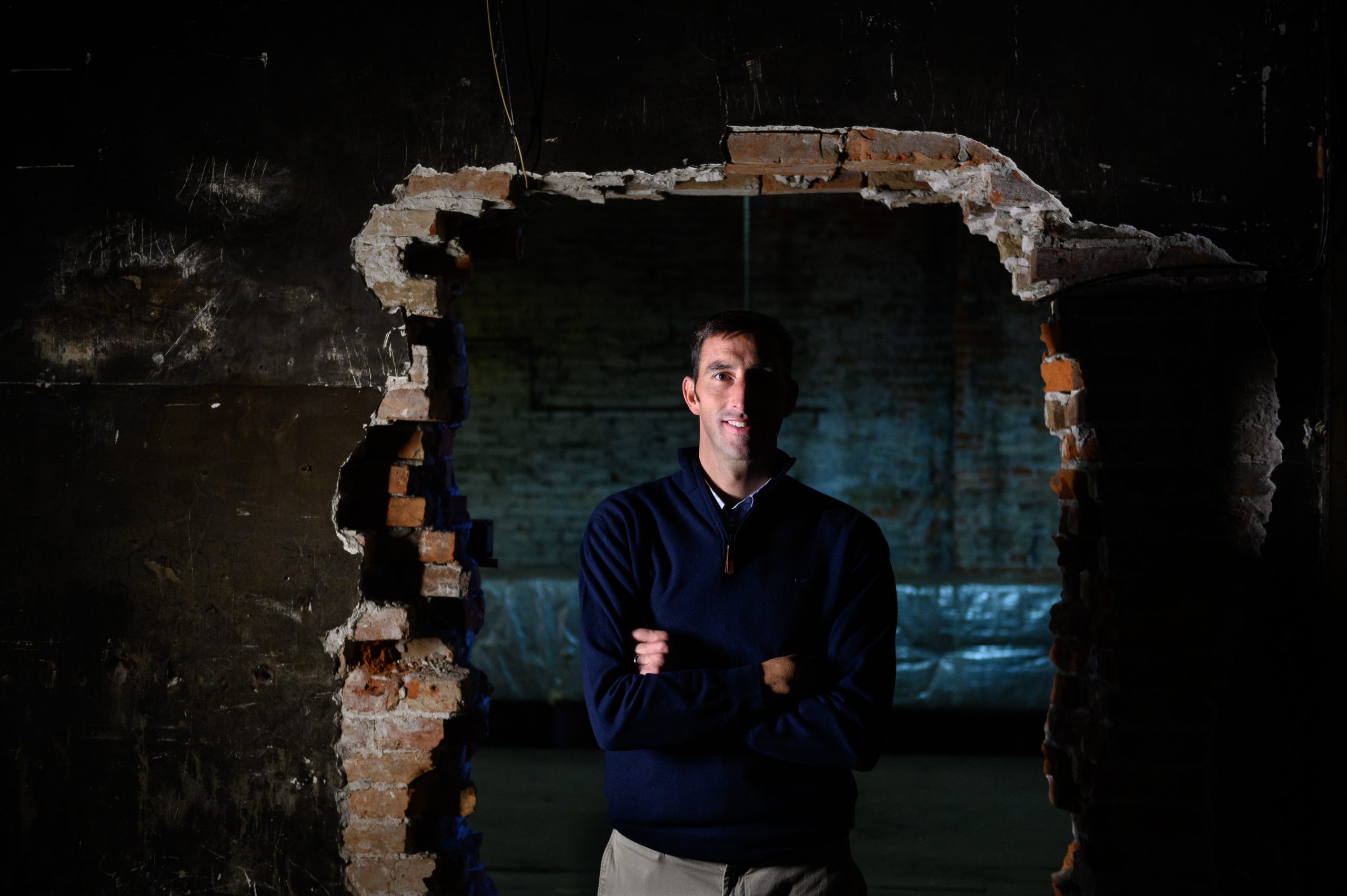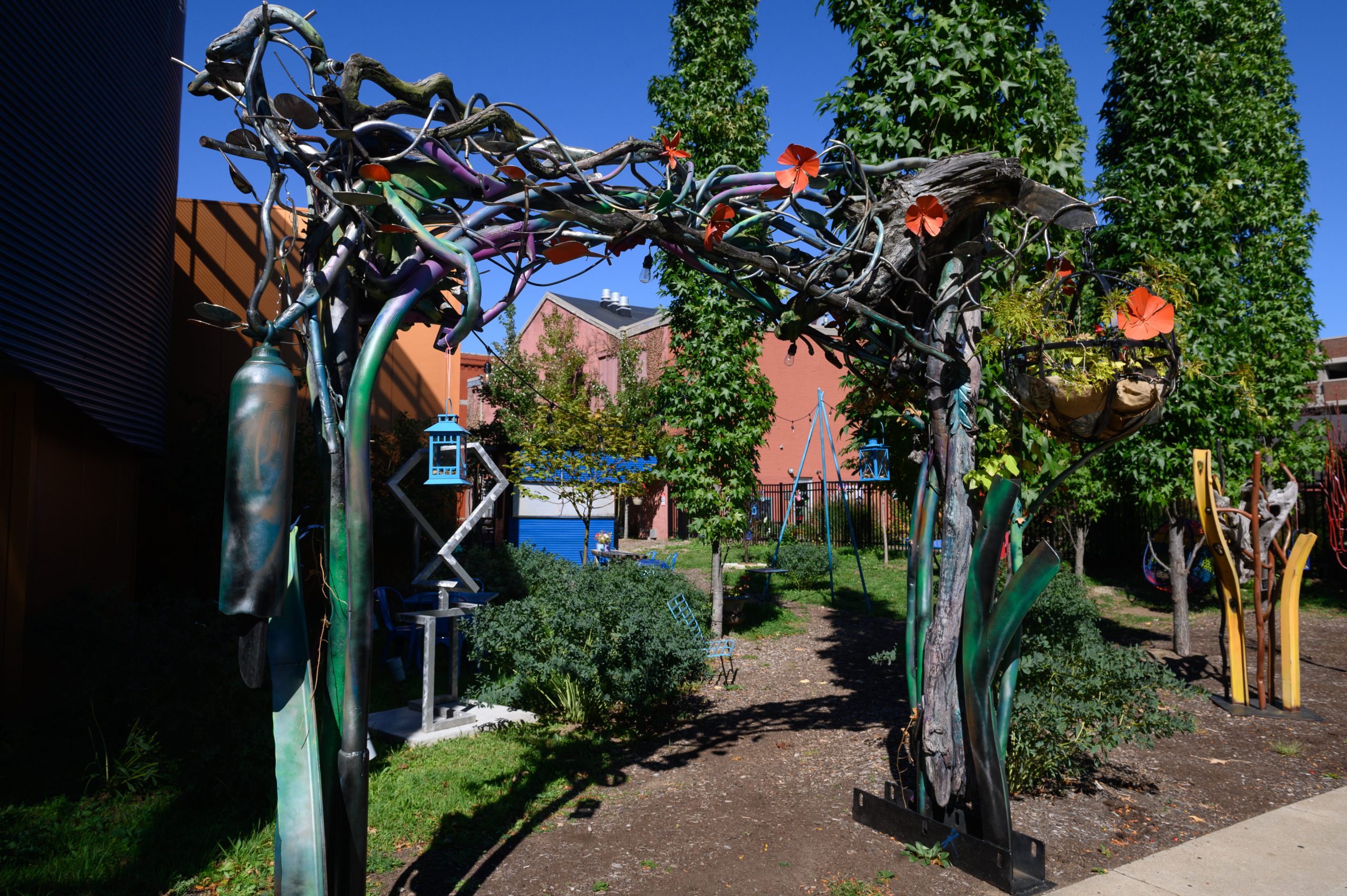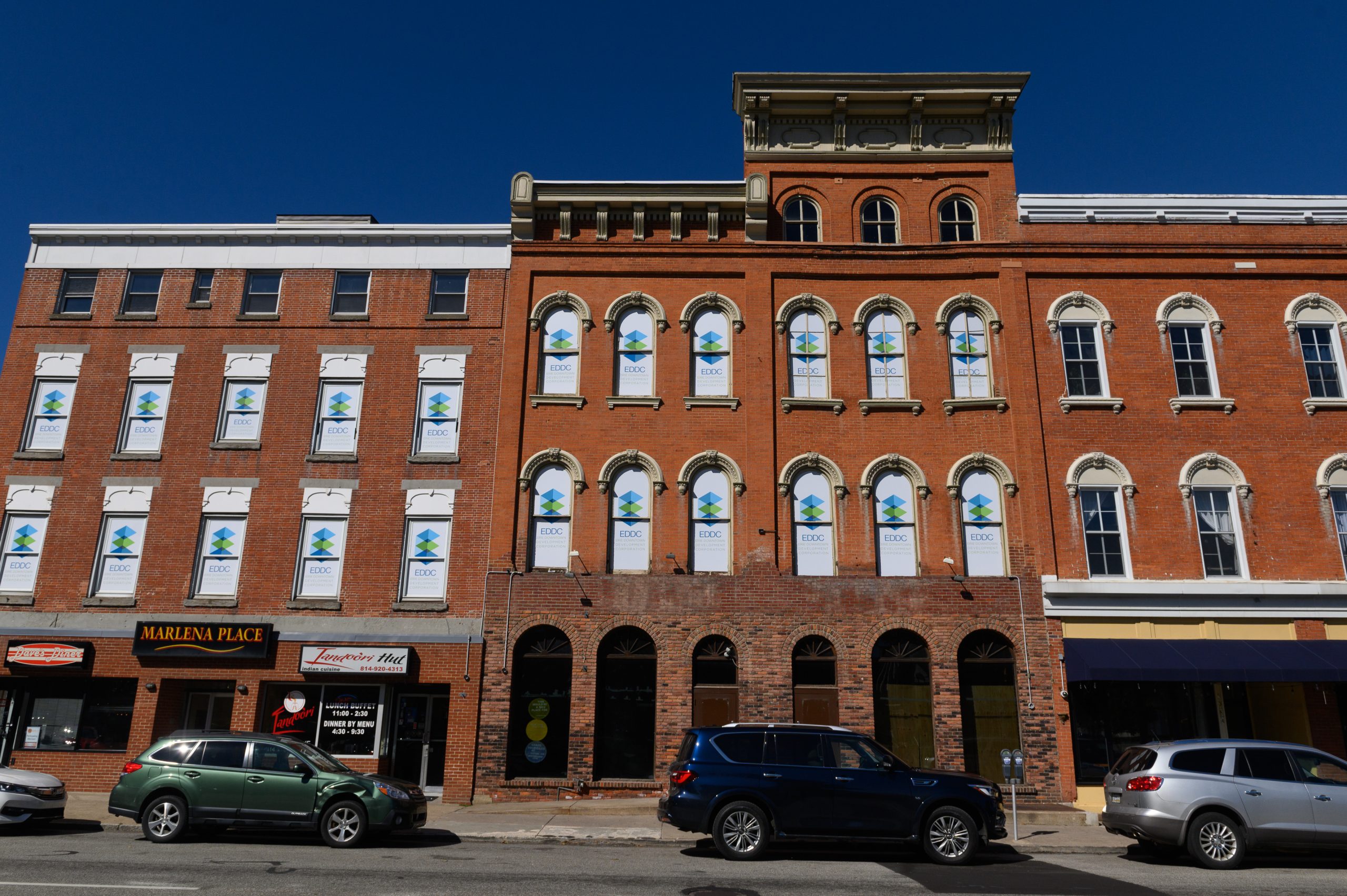ERIE, Pennsylvania — To anyone who has said it would be impossible to transform one of the poorest ZIP codes in the country into a role model for achieving economic prosperity has never listened to Sen. Tim Scott of South Carolina discuss the promise of Opportunity Zones. And they have definitely underestimated the determination of Erie’s local civic, foundation, and business leaders to not give up the ship.
Last month, despite all of the economic obstacles that 2020 has thrown at them, the Boston-based investment firm Arctaris, along with significant investments from Erie Insurance as well as the Erie Community Foundation, committed to making over $40 million worth of Opportunity Zone investments here in this postindustrial city that shares the name of the lake whose shores it borders.

For generations, a city known regionally for its sandy beaches and its long-gone heyday as an industrial port has been grappling for solutions to a declining population and decaying city neighborhoods.
“This is unique because we are hoping that it would create a model for communities like Erie that are looking to revitalize themselves, and I say creates a model because there are so many components coming together to make this deal possible,” said John Persinger, the chief executive officer of the Erie Downtown Development Corporation that pulled Arctaris, the foundation, and Erie Insurance together to make this investment in shovel-ready projects within the Erie County Opportunity Zones.
Persinger explains that having an outside capital firm with national name recognition, along with a local company and foundation, enables investment back in Erie: “This helps create this new model for struggling cities.” Add in the Erie Downtown Development Corporation, which has the physical projects that need the investments, and it’s just a win across the board that benefits the entire community of Erie because it will result in a revitalized downtown core.
Opportunity Zones were created under the 2017 Tax Cuts and Jobs Act. They’re designed to attract development to impoverished areas that under normal circumstances would never be able to attract significant investments, Scott explained in an interview with the Washington Examiner.

“As a kid who grew up in poverty in a single-parent household mired in lots of challenges, I really looked back on my experience as a kid growing up and realize that there’s so many talented individuals in my communities that were suffering because opportunities never stopped by the neighborhood and too few of us escaped the neighborhood,” Scott said. “My thought was if we could take the Jack Kemp model of enterprise zones, convert it, make it focused on the private sector, perhaps we could accelerate the opportunity creation in the poorest ZIP codes in America, and Erie is a classic example of that.”
Scott said that without the Opportunity Zone, what is happening in Erie would take 30 years. “Now, they say it will take five years.”
Scott added, “When you start seeing your bookends, your big tenants, your big employers of the companies investing back into the poorest areas, that only means that you’ll see more of it because when we are willing to invest in our own backyards, we attract more resources into those areas, especially when companies like Erie Insurance does it, it’s a big deal.”
Scott, a South Carolina Republican, said that what came together in Erie is proof that government isn’t the hero, but rather civic leadership: “Any time you unleash private sector capital to do what it does best and the government does poorest, you start seeing fast manifestation of hope, and for me, Opportunity Zones should be synonymous with hope, and hope not that is intangible, but hope that manifests in a tangible way. That’s the hope that drives you to work a little harder, work a little longer, and believe that all things are possible.”

Since last summer, the Erie Downtown Development Corporation kicked off their efforts with $27 million in investments from local universities, foundations, and businesses and purchased properties along North Park Row. Construction has begun to create commercial and retail space, as well as a fresh food market, an old-school food hall, and 153 apartments.
The Opportunity Zone money from Arctaris for Erie is the first to be announced. Persinger said Arctaris also plans to invest millions more in other inner cities across the country over the next few years.
Five decades ago, the government’s answer to poverty and affordable housing wiped out a lot of poor black and immigrant neighborhoods and replaced them with cement landscapes and government housing projects that were often isolated from the rest of a city’s population. The end result created a generation dependent on government and ultimately resentful of government.
And the poorest of neighborhoods remained poor.
Scott said those programs caused the elimination of the entrepreneurial spirit. “Even if you never become an entrepreneur, I was taught by my mentor at a very early age when I was about to be a high school dropout, always work for yourself. No matter who you’re working for, work for Tim, Inc. He said that if you work for yourself, you’ll work a little longer, you’ll work a little harder, you’ll become a little stronger, and if you do that every day, you will one day wake up to a brand new reality.”
“It’s that entrepreneurial spirit that was eviscerated, frankly, because of the Great Society’s desire, while a laudable desire, was a devastating impact,” he said. “What we told people was that they were wards of the state and that somehow the state would make you better. That has never been the case throughout recorded history and is not the case now. So, what we’ve found is that when you encourage and inspire people to dream their highest dreams and then wake up and go to work, they get results that are uncanny, and I believe that as we continue to focus our attention on human flourishing, we will produce the greatest comeback in the poorest neighborhoods ever known to this nation, not because the government did it — frankly, because the government didn’t do it. That’s what I believe to be the case.”
Scott said he had to work long and hard to make sure the Opportunity Zones were part of the 2017 tax cut. “Four years, four years, and a lot of hard work, a lot of pain, a lot of misery, a lot of conversations that went nowhere — a lot of people not understanding the concept. When you’re in the government and you’re talking about not using government dollars to solve problems, it confuses people,” he said.
“It’s not like we’re confusing. We spent $7 trillion trying to solve poverty as a nation, and we didn’t do a very good job of it.”

